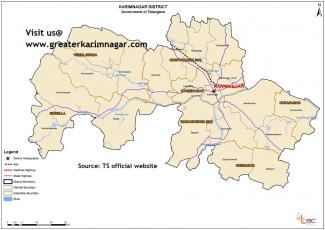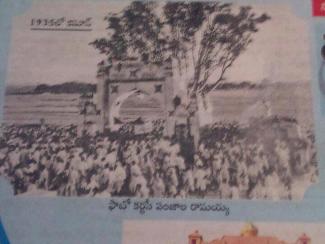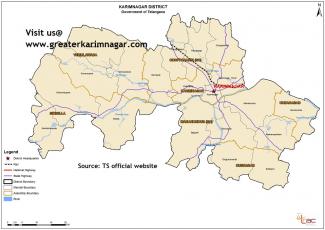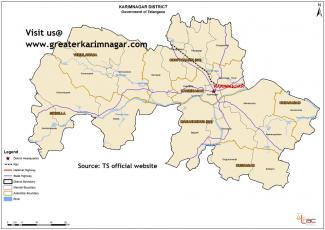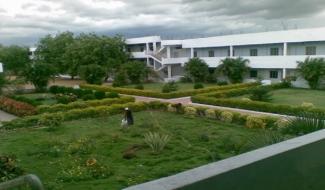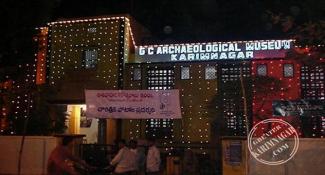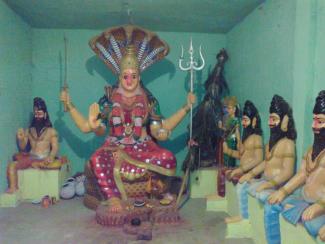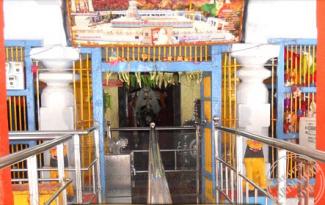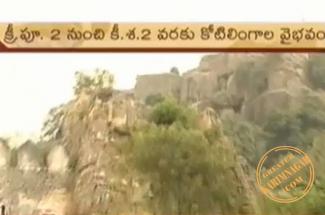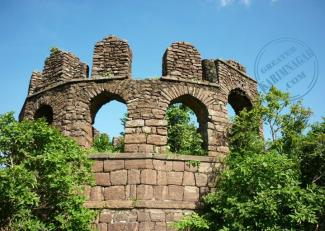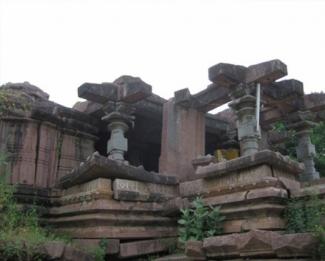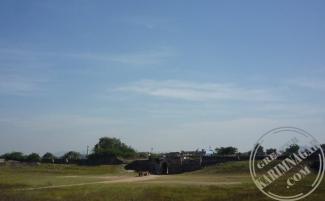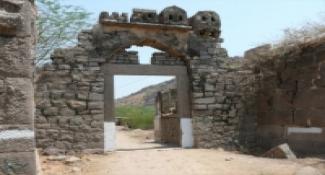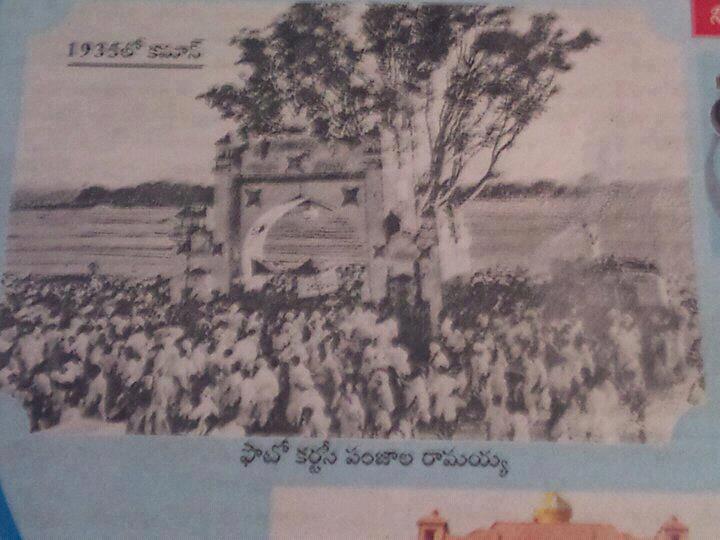
The history of the Karimnagar district starts from the Old Stone Age i.e. from 1,48,000 BC. Karimnagar's early history is dominated by the famous kingdoms of Satavahanas & Kakatiyas. The exhaustions at Pedda Bonkur, Dhollikatte, Elagandal Khila and Kotilingalu are evidences for history. After Shathavahanas Mourya Kings, Asafzalu Kings ruled over Karimnagar. The buildings, constructions made by these kings are today remarkable evidences of the history. Karimnagar was originally called Kareem Nagar, deriving its name from Syed Kareemullah Shah Saheb Quadri. It was one of the regional capitals during the rule of the Nizams. It has many historical monuments such as Tower circle, Kaman circle , Jagitial Fort and Elgandal Fort.
Karimnagar was formerly known as 'Sabbinadu' and inscriptions of the Kakatiya king Prola II and Prataparudra found at Karimnagar and Srisailam suggest evidence of its rich history. Karimnagar is a prominent agricultural center in the state. Vast agricultural area around the town is watered by the Godavari River.
The history of the Karimnagar district starts from the Old Stone Age i.e. from 1,48,000 BC. It is evident from the tools, culture and other materials found at different places in Karimnagar. The exhaustions at Pedda Bonkur, Dhollikatte and Kotilingalu are evidences for history. From these evidences it is concluded that Karimnagar is ruled by Shathavahanas. After Shathavahanas Mourya Kings, Asafzalu Kings ruled over Karimnagar. The buildings, constructions made by these kings are today remarkable evidences of the history.
Several famous people such as P.V. Narasimha Rao, former Prime Minister of India, and Dr. C. Narayana Reddy, Renowned Poet, Vemulawada Bheema Kavi, Paidi Jairaj [Dada saheb phalke award winner] hail from Karimnagar. In pre historic days, Karimnagar was the centre of Vedic learning.
Karimnagar is famous for silver filigree work, a very delicate form of metal craft.
Karimnagar is the fastest growing city in Telangana region. Few people call it as Greater Karimnagar.
Satavahana dynasty
Kotilingala in Karimnagar district was the first capital of the Satavahana Kingdom (230 BCE–220 CE). Formerly known as Sabbinadu, inscriptions dating to the Kakatiya dynasty (1083–1323) by kings Prola II and Prataparudra found at Karimnagar and Srisailam provide evidence of the area’s rich history.
Archaeological excavations in Pedda Bonkur, Dhulikatta and Kotilingalu show that the area was once ruled by the Satvahanas, Mauryas and Asaf Jahis.
Modern era
It was previously part of Hyderabad State before 1 November 1956, Andhra Pradesh state till 2 June 2014 and became the part of newly formed state of Telangana by Andhra Pradesh Reorganisation Act, 2014.
Geographic Description
The district is spread across an area of 2,128 square kilometres and shares boundaries with Jagtial and Peddapalli district on north, Warangal Urban district and Siddipet district on south, Rajanna District on the East and JayashankarBhupalpally District on west. According to 2011 Census of India, the district has a population of 10, 05,711.
Situated on the Manair River, Lower Manair Dam is indeed a tourist delight. The Manair River, which is a tributary of the Godavari River is home to a dam built at the confluence of Manair with the MohedamadaRiver. It is a popular picnic spot located close to Karimnagar. Located close to the left bank of river Manair near Karimnagar town, the hilltop fort of Elgandal was constructed during Kakatiya period, and it was later passed on to the hands of QutbShahis. There are two stone fortification walls, two mosques, two dilapidated temples, ammunition building, jail khana, wells and other structural edifices in this fort.
Located near Lower Manair Dam, on the outskirts of Karimnagar town is a famous tourist attraction called Ujwala Park, where tourists relax in the tranquil surroundings. Rajeev Gandhi Deer Park located near Ujwala Park, is known for its teeming deer population. Located along River Godavari, Shivaram wildlife Sanctuary in Karimnagar district is a beautiful wildlife sanctuary spread over 36.29 sq km approximately.

